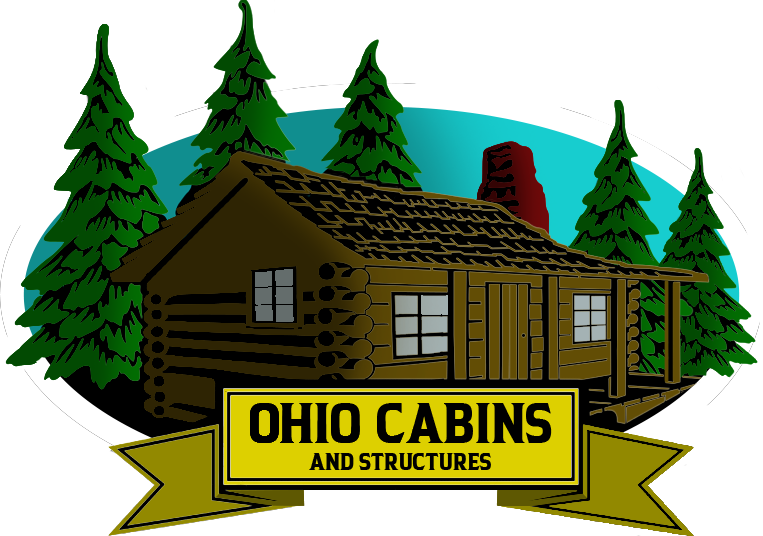iny homes have become one of the biggest trends in housing over the past decade. They promise financial freedom, lower living costs, and a simpler lifestyle. But for anyone considering buying or building one, an important question comes up, do tiny homes appreciate in value over time, or do they lose value like vehicles and mobile homes? At Ohio Cabin and Structures, we help homeowners and future tiny home buyers make informed choices about their investments. Understanding how value works for tiny homes is essential before deciding if this lifestyle is right for you.
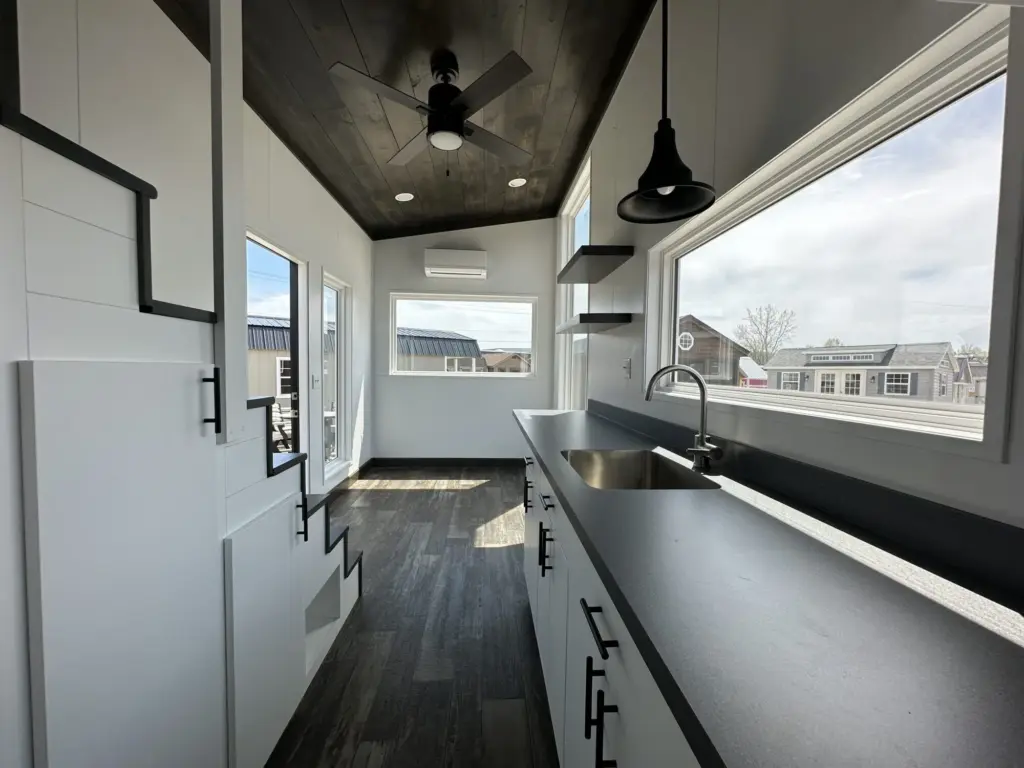
Do Tiny Homes Gain or Lose Value?
Tiny homes can appreciate under certain conditions, but many lose value over time, similar to RVs or manufactured homes. The appreciation rate depends on whether the home is mobile or fixed, local real estate trends, and the overall condition and quality of construction. If your tiny home is permanently attached to land you own, it’s considered real property — similar to a standard home. These structures are more likely to appreciate because the land value increases. However, tiny homes on wheels are classified as personal property and often depreciate since they can be moved, like a vehicle.
Factors That Affect Tiny Home Value
Several factors influence whether a tiny home appreciates or depreciates over time. Understanding these can help homeowners make smarter financial decisions when designing, building, or buying one.
1. Land Ownership
Owning the land under your tiny home is one of the biggest contributors to appreciation. Land values tend to rise over time due to development, location demand, and inflation. A tiny home on a permanent foundation attached to owned land will likely gain value as real estate markets strengthen. If your home is parked on leased land or within a tiny home community where you rent space, it won’t appreciate as much since you don’t own the property beneath it.
2. Type of Construction
Not all tiny homes are built the same. A well-constructed tiny house with high-quality materials and a solid foundation will hold its value longer. Models built using cheap materials or DIY construction may lose value faster due to maintenance issues or code compliance problems. Homes built to meet state or local building codes, especially those with permanent utilities, are easier to appraise and sell. Quality craftsmanship and durability matter as much for tiny homes as for full-sized houses.
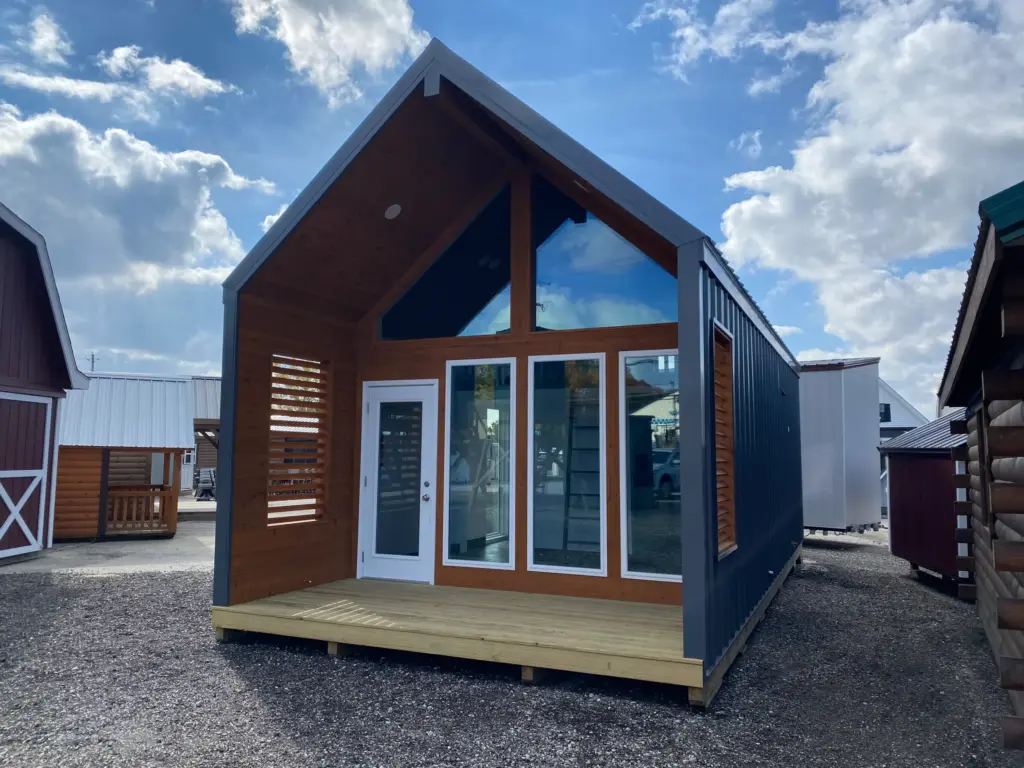
3. Mobility and Foundation
Permanent tiny homes tend to appreciate more than mobile ones. When a tiny house is on wheels, it’s categorized more like a recreational vehicle. That means it depreciates over time, primarily because of exposure to weather, road wear, and limited financing options. In contrast, a stationary tiny home built on a foundation and classified as real estate can appreciate just like any other property. The more permanent your setup, the better your chance of building long-term equity.
4. Location
Just like traditional housing, location matters. Tiny homes in desirable areas with strong housing markets appreciate more quickly. Being near cities, amenities, or natural attractions can also increase value, especially if zoning laws support tiny living. Some rural or remote locations may not see much appreciation simply because of limited buyer demand. Always research local markets before deciding where to build or park your home.
5. Condition and Upkeep
A tiny home that’s well-maintained, updated, and energy-efficient holds its value longer. Buyers pay attention to wear, layout, and overall quality. Regular maintenance, including exterior painting, roof care, plumbing upkeep, and appliance checks, goes a long way in preserving value. Upgrades like solar panels, efficient insulation, or high-quality finishes also improve resale value by appealing to eco-conscious buyers seeking sustainable housing options.
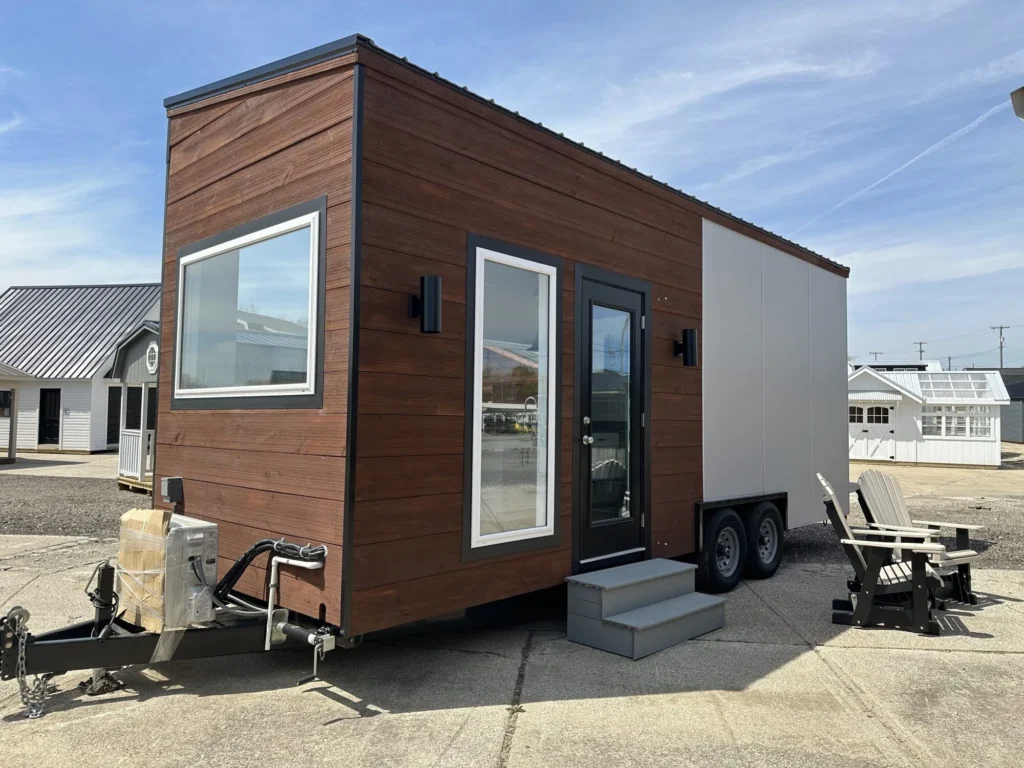
The Impact of Market Trends
The tiny home market is still young compared to traditional real estate, which makes long-term value trends harder to predict. However, the growing interest in minimalism and affordability is helping stabilize prices for quality-built units. As housing prices rise across the country, more buyers are considering tiny homes as practical alternatives. This increased demand may help boost appreciation over time, especially for models that meet residential building standards and are located on owned land.
How Financing Affects Value
Financing options also influence a home’s long-term worth. Conventional mortgages typically aren’t available for mobile tiny homes, but fixed tiny houses on permanent foundations can qualify for home loans. Financing through recognized lenders adds credibility and helps retain value when it’s time to sell. For movable models, financing often comes through personal or RV loans, which don’t build equity the same way mortgages do. This can make resale values more volatile, depending on the market and buyer availability.
Resale Challenges for Tiny Homes
Selling a tiny home can be different from selling a traditional house. There’s a smaller buyer pool since not everyone is comfortable living in limited space. That said, those who are interested are often highly motivated and value the lifestyle. To attract buyers, presentation matters. Keeping the home clean, organized, and well-staged helps demonstrate the potential of small-space living. Highlight energy savings, mobility, and creative storage to make your property stand out.
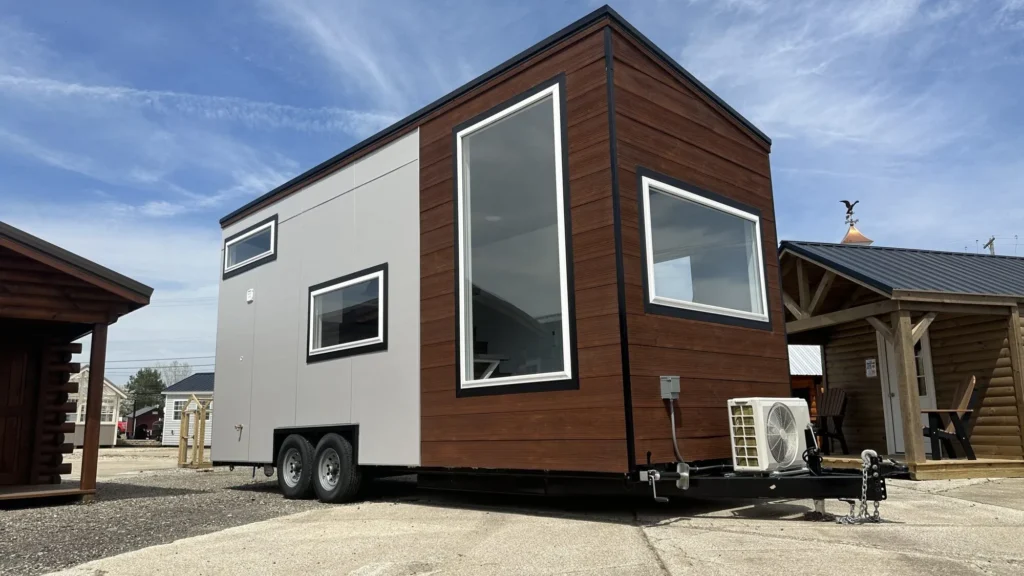
When Tiny Homes Do Appreciate
Although many tiny homes depreciate, appreciation is possible under the right conditions. Here are some examples of when value growth can occur:
- The home is built on a permanent foundation and located on owned land.
- It complies with residential building codes and passes inspections.
- The property includes utilities, landscaping, or outdoor features like decks or patios.
- It’s located in a high-demand area or near expanding urban centers.
- The home’s design and construction are high-quality and modern.
In these cases, tiny homes are treated more like conventional real estate and can appreciate as market conditions improve.
Depreciation and How to Minimize It
If your tiny home is mobile, it will likely lose some value over time. However, the rate of depreciation can be slowed through proper maintenance and upgrades. Keeping the home clean, protecting it from weather damage, and using quality materials all help retain value. Adding solar power, upgraded insulation, or smart home technology can make your property more appealing to future buyers. Even cosmetic improvements like repainting or updating flooring can improve resale value.
Legal Classification and Zoning
Zoning laws and legal classifications also influence value. Some cities have embraced tiny homes as part of their housing solutions, while others have strict regulations. Owning a tiny home in a location with clear zoning support often leads to better resale value because potential buyers face fewer legal barriers. Before investing, it’s smart to check local building codes and zoning restrictions. For homeowners considering new builds or expansions, guidance from Ohio Cabin and Structures can help ensure your property meets standards for long-term growth.
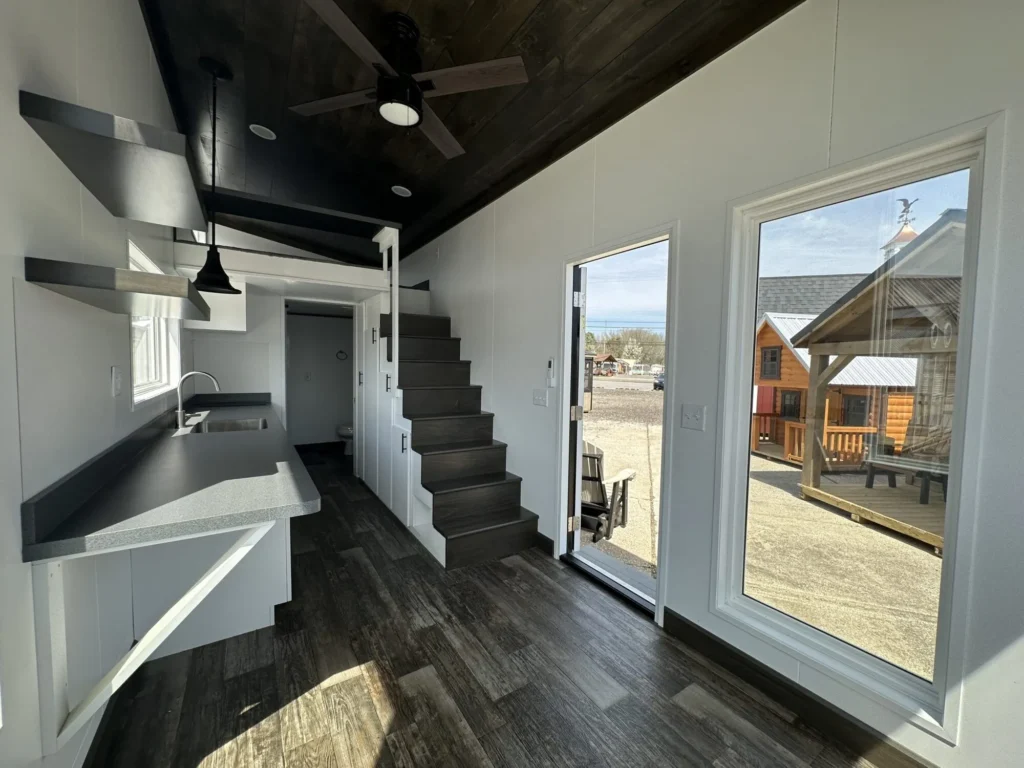
Appraisal and Market Value Challenges
Appraising a tiny home can be tricky since comparable sales are limited. Appraisers often rely on market data from manufactured homes or small cabins, which can make valuations inconsistent. However, as tiny homes become more common, the process is improving. Detailed documentation, including construction costs, certifications, and energy efficiency data, helps appraisers estimate fair market value more accurately. Having these records ready makes it easier to demonstrate the home’s quality to buyers and lenders.
Impact of the Tiny Home Movement on Future Value
The growing popularity of tiny homes is reshaping housing expectations. Younger generations are prioritizing financial freedom, sustainability, and flexibility over large mortgages and traditional suburban living. As a result, the demand for well-built tiny homes is expected to grow, potentially improving long-term value for owners. However, like any market, it depends on supply, demand, and regulation. Areas that embrace alternative housing options will see better appreciation, while regions resistant to change may remain slow to adopt.
Insurance and Protection
Insurance coverage can also influence resale potential. Homes classified as permanent structures with standard homeowners’ insurance are easier to sell and finance. Movable tiny homes may require specialized insurance similar to RV coverage, which can make resale more complex. Keeping all insurance and maintenance records organized helps assure future buyers that your home has been well cared for and protected against risks.
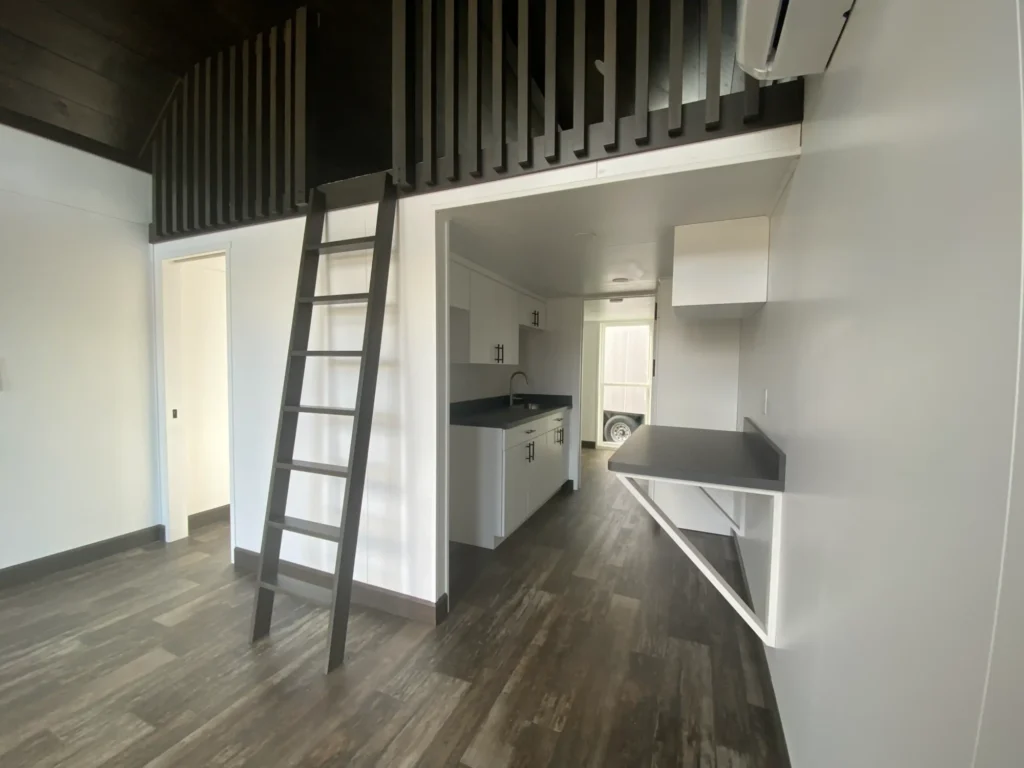
Making a Tiny Home a Smart Investment
To improve your chances of appreciation, focus on quality and location. Choose durable materials, reliable insulation, and energy-efficient designs. Build on owned land when possible, and comply with local codes to qualify as real property. These steps protect your investment and make it more appealing in the resale market. Even if your tiny home doesn’t appreciate at the same rate as a traditional home, the overall cost savings and low maintenance can still make it a wise financial choice in the long run.
Final Thoughts
So, do tiny homes appreciate in value? The answer depends on how they’re built, where they’re located, and how they’re maintained. Tiny homes on permanent foundations built with quality materials and owned land have the best chance of gaining value. Movable or non-permanent units tend to depreciate but can still provide long-term lifestyle and financial benefits.
In the end, the value of a tiny home isn’t just about resale price, it’s about freedom, sustainability, and the ability to live debt-free. For anyone exploring the tiny living lifestyle, the investment can be both rewarding and financially practical when planned wisely. For more help designing or building your perfect small home, visit Ohio Cabin and Structures for expert insights on durable and efficient home designs built to last.
